They’re not on magazine covers. They’re not walking international runways. Yet their faces, and often more than just faces, are all over your feed. They’re the new wave of social-media “models”—young, eager, beautifully lit, and alarmingly unprotected.
Every day, thousands of aspiring models post videos in crop tops, lingerie, towel-wraps, or backless sarees, believing this is the fast-track to fame. And for some, it works. But what most don’t see is the quiet, growing exploitation that’s evolving behind the ring lights and filters.
As someone who's been in this industry for over two decades, I’ve shot with everyone from freshers to celebrities. But never before have I seen such a blurred line between self-expression and self-exploitation.
"If a camera gives you confidence, it's a gift. If it demands your compromise, it's a trap." – Author
The Rise of Body-Centric Content
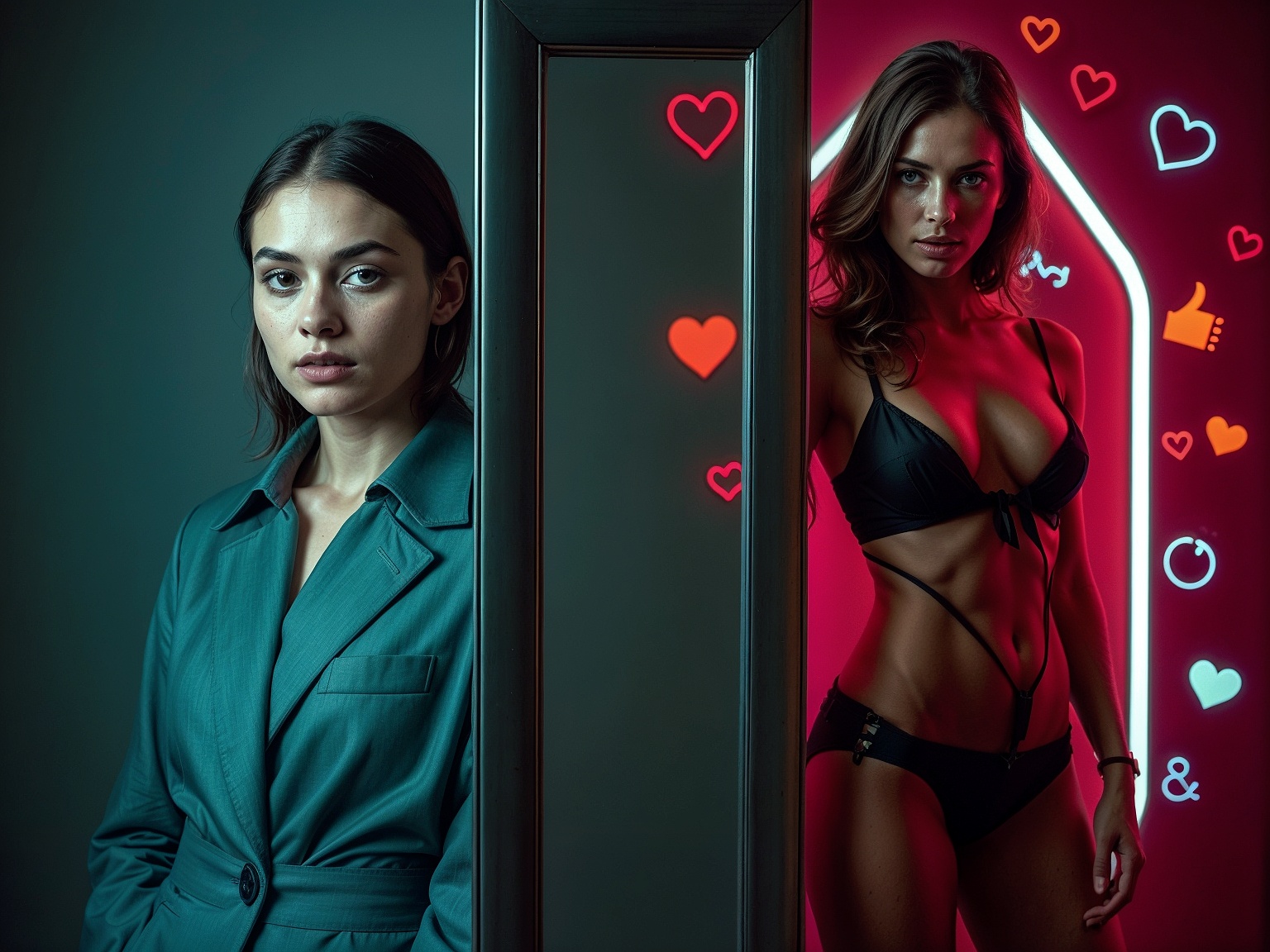
Instagram and TikTok reward visual boldness. More skin, more engagement. This isn’t theory—it’s data. Reels featuring midriffs, slow motion hair flips, or sensual walking sequences often outperform anything focused on skill, talent, or originality.
That doesn’t mean women or men shouldn't celebrate their bodies. The issue isn’t nudity. The issue is nudity being pushed as currency.
Behind the scenes, many new creators are privately told by so-called “portfolio consultants,” photographers, or influencers:
- “This kind of boldness sells now.”
- “You need to break the algorithm.”
- “You’ll never trend in full clothes.”
These are not just manipulations—they’re instructions. And when you're 19, fresh out of college, and desperate to break into the fashion world, you listen.
The Illusion of Empowerment
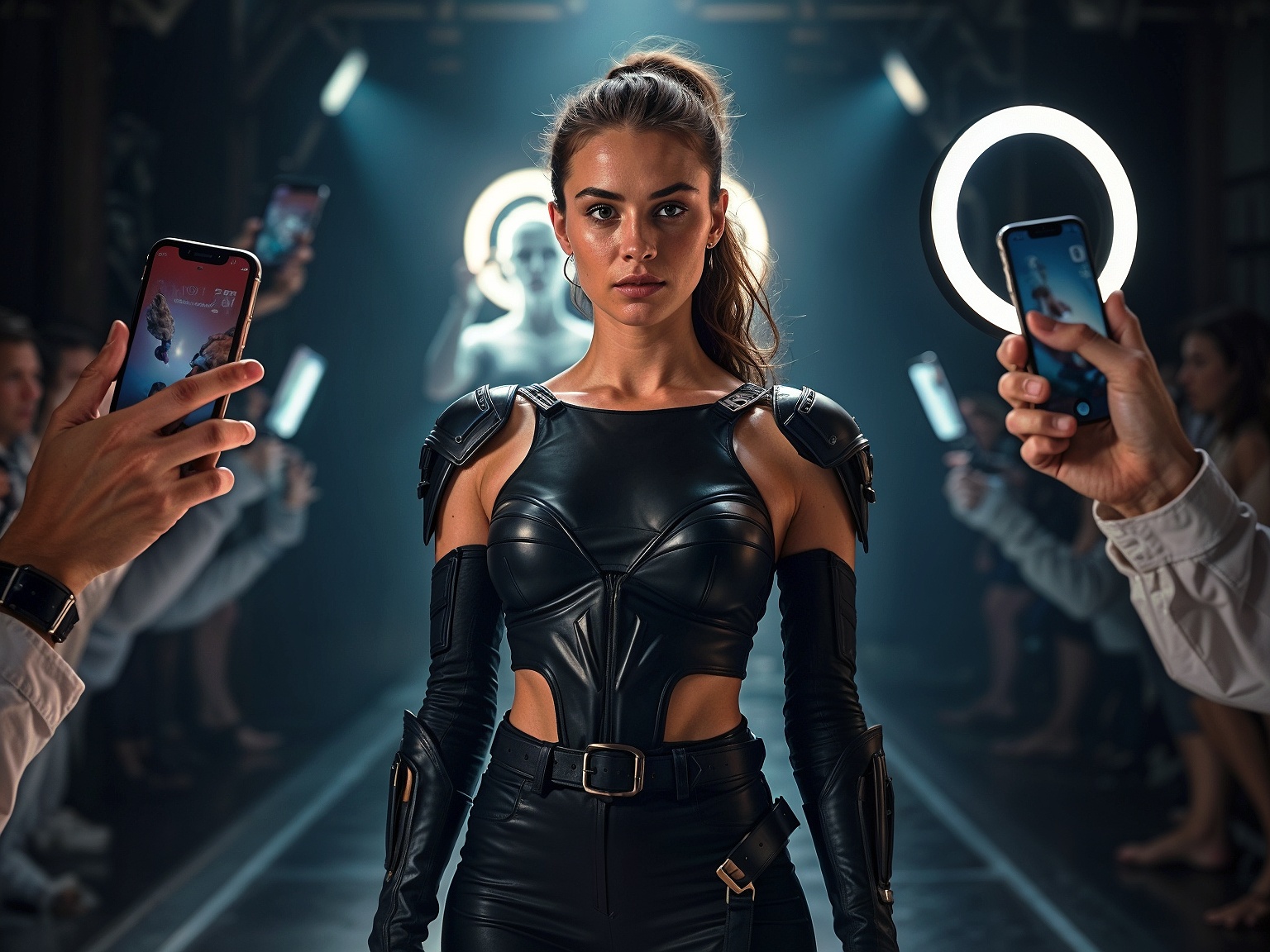
There’s an argument that says: “They’re doing it by choice. Isn’t that empowerment?”
But when algorithms reward exposure, and mentors reinforce it, where’s the real choice?
I once had a fresher model tell me, “I was never bold before, but my last shoot got me 14,000 views. Now I feel I should do more of that.”
I asked her, “Do you feel proud of it, or pressured by it?”
She didn’t answer. She just looked down.
"Not every reel is a red flag. But when self-worth is measured in likes, even self-love gets commercialized." – Author
The Casting Couch Has Evolved
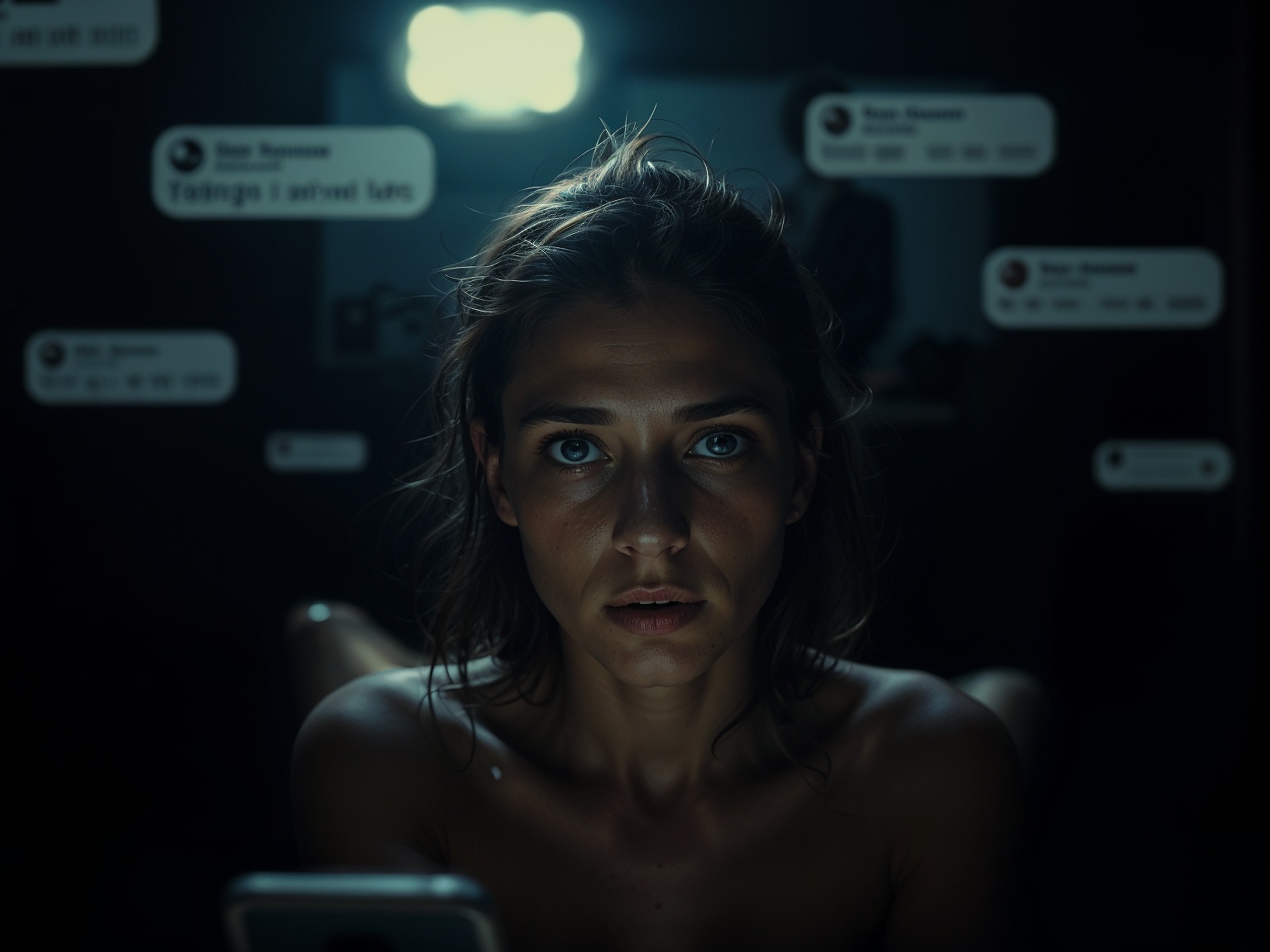
In the early 2000s, exploitation happened in studios and hotel rooms. Now it happens in DMs.
A new breed of fake talent managers promises modeling gigs—"Just send bold pics. No portfolio needed." Freshers are told: “If you want Lakmé one day, start with Insta now.”
What they don’t realize is that their content is not being evaluated for brand alignment. It’s being scraped, shared, and sometimes resold on adult forums.
The Silent Pressure
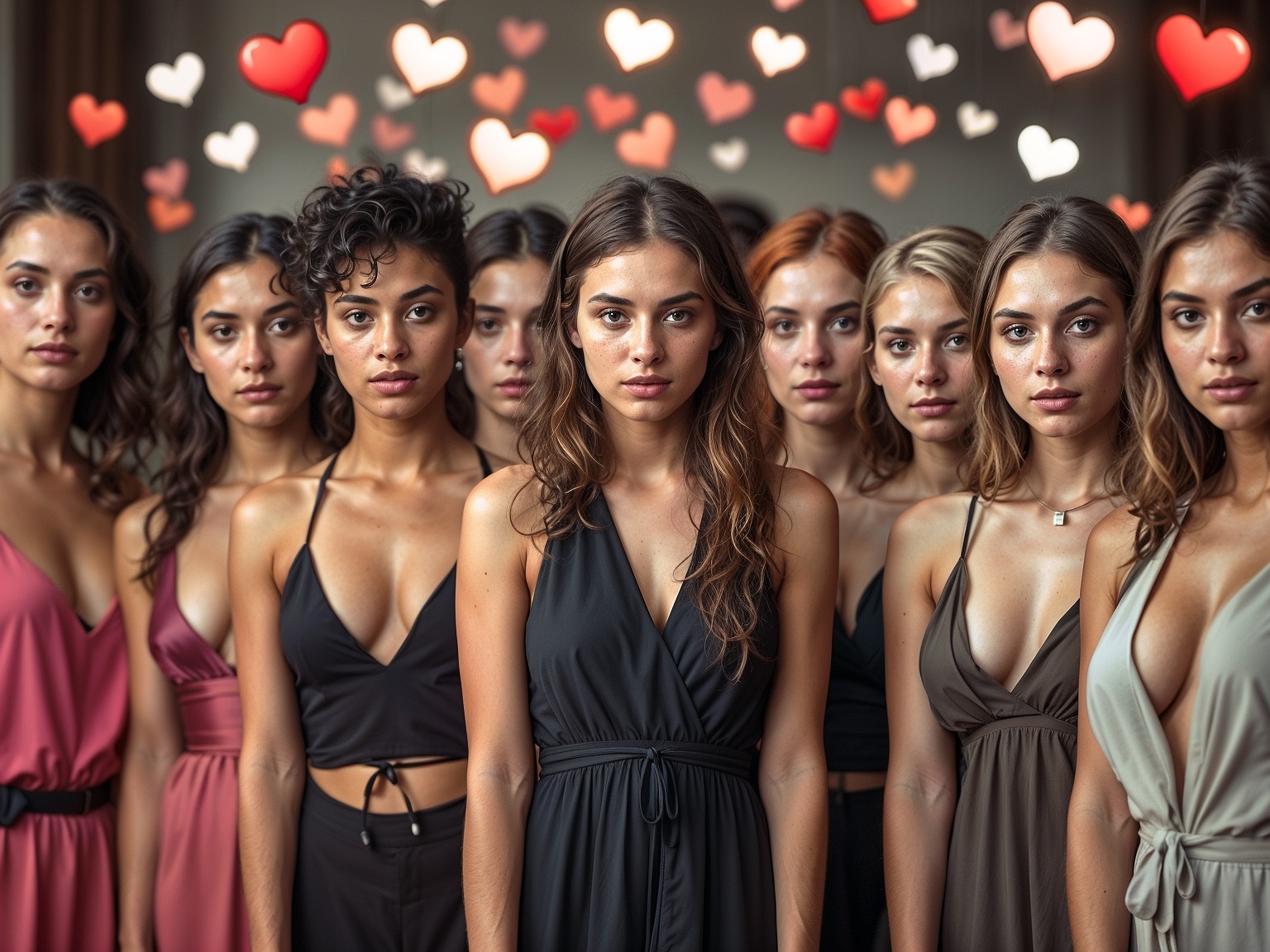
When everyone around you is doing it, your definition of 'normal' shifts. Models who don’t post swimsuit shots or sensual reels are told:
- “You’re too shy for this industry.”
- “Be bold, or get buried.”
Even agencies now scout through Instagram. And unfortunately, many equate ‘photogenic’ with ‘provocative.’
But here’s the kicker: most of these trends don’t last. What does last is your digital footprint—your reels, your posts, your “edgy” content that might haunt your job interviews, future relationships, or mental health.
The Economics of Exposure

Can showing skin make money? Yes. Temporarily. But does it build a sustainable brand? Rarely.
True monetization in modeling still comes from long-term partnerships, brand values, and professional credibility. And most serious fashion brands are moving away from hypersexualization, not toward it.
“Sensuality in fashion is an art. But if it’s used only as a shortcut to attention, it becomes noise.” – Author
What Should Freshers Know?

- Confidence isn’t nudity. Your pose, your eyes, your stillness—these also speak volumes.
- Say no to pressure. If someone makes you uncomfortable, walk out. No photo is worth your dignity.
- Build your personal brand. Invest in quality portfolios that show emotion, attitude, and style—not just skin.
- Track your digital trail. What you post stays forever. Make sure it's something your future self can defend.
- Work with ethical professionals. Your first shoots set the tone. Choose collaborators who respect your comfort.
The Role of Photographers Like Us
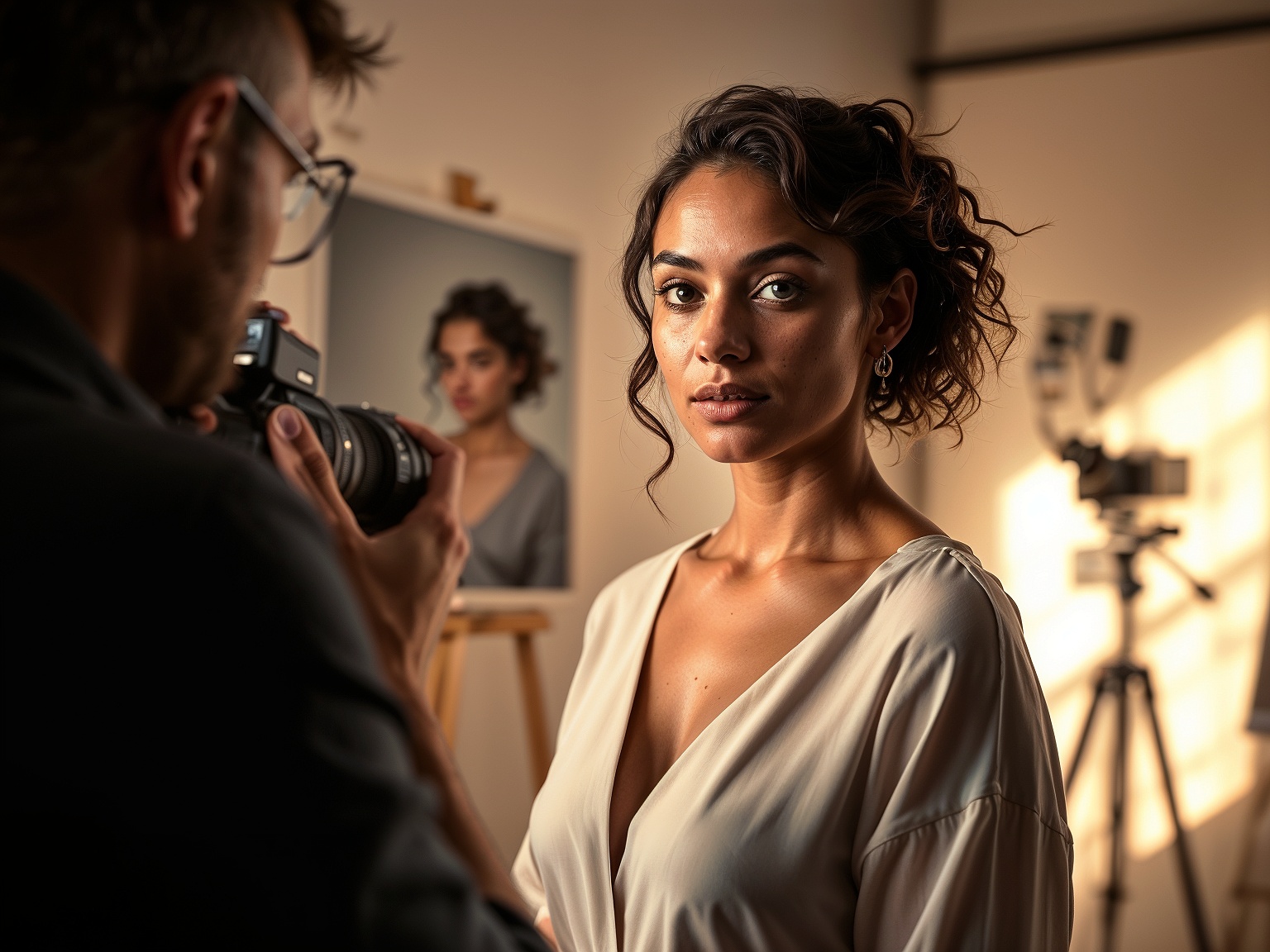
We photographers must do more than click. We must protect. Empower. Guide.
I’ve seen enough young talent break down in green rooms, unsure of what to wear, what to post, what to agree to. The pressure is enormous.
That’s why I now begin every shoot with a simple rule: you decide the boundary, I just frame the story. If you're starting out, make sure your portfolio reflects your story—not just your silhouette.
"A good shoot doesn’t leave you exposed. It leaves you empowered." – Author
Closing Thoughts: A Culture in Crisis
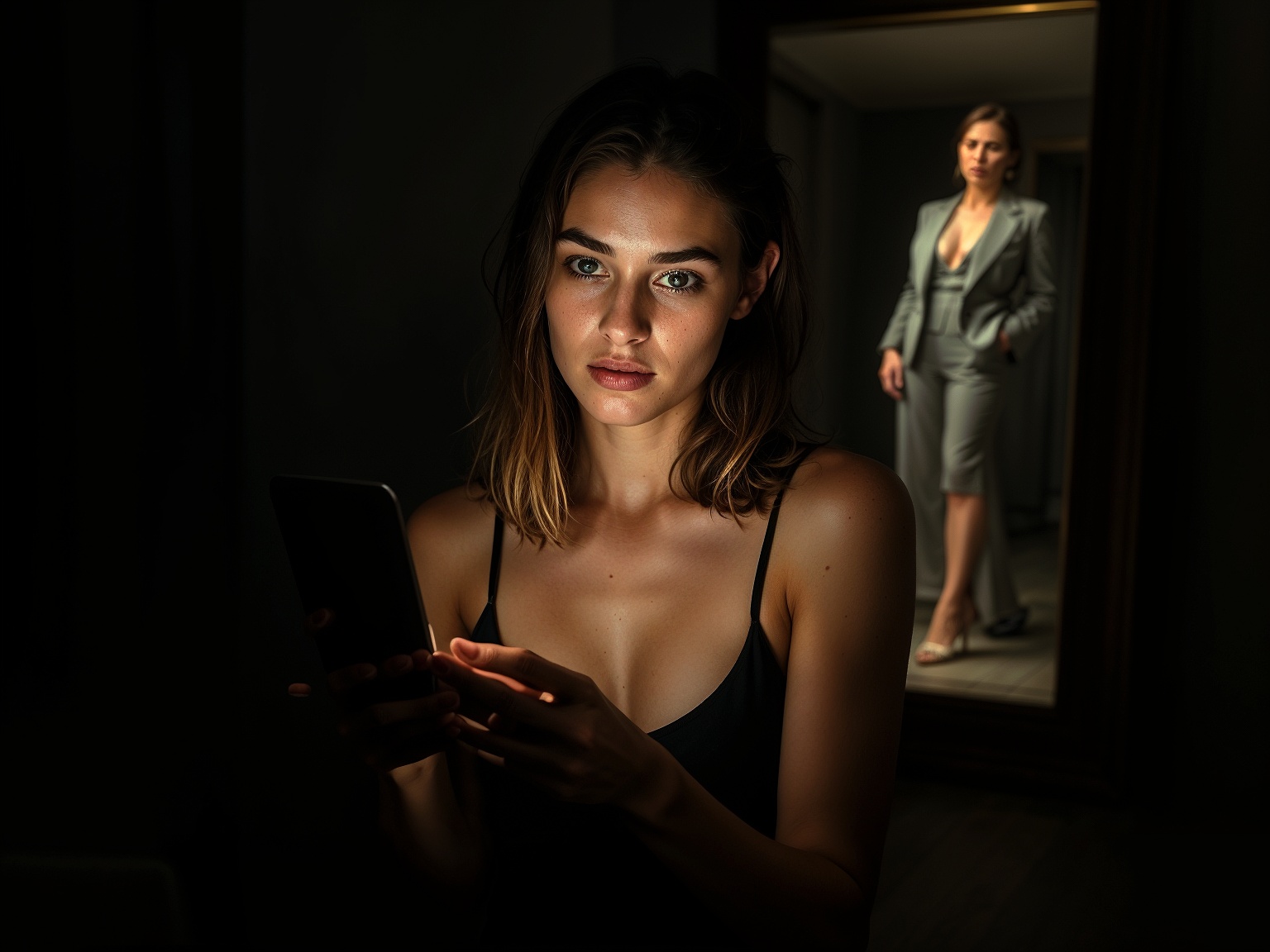
Social media gave everyone a platform. But it didn’t teach them how to protect themselves on it. Today’s modeling isn’t about casting directors—it’s about camera angles, comments, and crowd approval.
But beneath the trending audio and curated lighting lies a new kind of exploitation: the kind that’s voluntary but not informed.
We need more conversations, more mentorship, and more honesty in this space. Because if we don’t talk about it now, we’ll be left with a generation that mistook visibility for value.
“In the race for reach, don’t lose your roots.” – Author
Author’s Note:
This article isn’t against boldness. It’s against blindness.
I’ve spent over 24 years behind the lens, watching the industry evolve. But lately, I’ve been watching something else: a slow erosion of choice disguised as confidence. A silent pressure to perform, reveal, and conform—for likes, not legacy.
This piece isn’t a rulebook. It’s a mirror.
To every aspiring model: You are more than your silhouette. You’re a storyteller, a brand in the making, a person first. The world doesn’t need another viral clip. It needs more voices that value themselves beyond the screen.
If you’re just starting out, or even if you're deep into the reel-game, ask yourself: Is this me? Or am I just being seen?
Let’s shift the conversation. Let’s create with clarity.
👉 I’d love to hear your stories. If this resonated with you—or challenged you—drop a comment, share this, or connect with me. Let’s bring integrity back into the frame.
— Ranjan Bhattacharya, a photographer based in Kolkata.